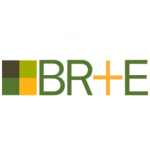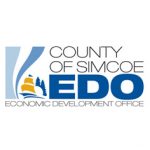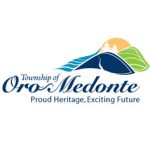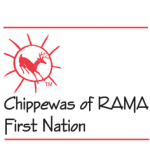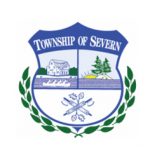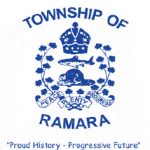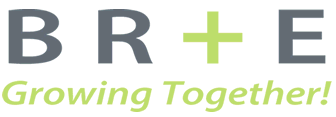Business selection/sampling
Calculations made during the OMAFRA-sponsored BR+E training sessions indicated that, for the results of the survey to be statistically accurate to within plus /minus 10 percent for the region and plus/minus 15 percent for each of our participating areas, a pre-determined number of local businesses, representing small, medium and large employers from all sectors of the local economy, would need to be surveyed.
The Community Task Force employed a random sampling method for selecting survey participants that guaranteed inclusion of particular subgroups of interest within the business community. Part of this process involved members of the Task Force using the two-digit North American Industry Classification System (NAICS) business sector coding to ensure adequate representation of businesses randomly chosen from each sector of the local economy.
A total of 160 businesses were surveyed, achieving the degree of accuracy required by OMAFRA guidelines for the regional data.
In Orillia, 43 businesses of a targeted 41 were surveyed; in Oro-Medonte, 40 businesses of a targeted 40 were surveyed; in Rama, 6 of a targeted 10 were surveyed; in Ramara, 32 of a targeted 36 were surveyed; and, in Severn, 39 of a targeted 38 were surveyed.
Generally, the Community Task Force struggled to engage the targeted number of businesses in the interview process. In a large number of cases, there was no response received to the invitations to participate and in the case of those who declined to participate, the reasons noted included too little time, and the length of the survey.
It is also important to note that the smaller the business community is, the percentage of businesses required to participate increases. As such, it can become more difficult to engage the required number of businesses to meet a higher level of statistical accuracy.
Businesses that had agreed to participate were invited to be interviewed by a staff and volunteer team member. Alternatively, they could self-complete the questionnaire, on paper or electronically.
Survey Process
Each business to be interviewed received advanced digital copies of the relevant surveys. Surveys which were conducted in person, were attended by at least one member of the BR+E project Leadership Team present to record responses and, when available, a volunteer or another Leadership Team member on hand to ask the survey questions. This data was entered on-line, into the database system, during the interview.
Face-to-face interviews lasted an average of one hour. Overall, businesses who participated indicated they were happy to be involved in the process and to have their views solicited.
In response to several requests to participate via self-directed means, an electronic survey was made available. Approximately half of the businesses preferred to use this method because they could fill it in at their own pace, when they had time available.
The survey data from these respondents was entered into the database by the Project Coordinator as quickly as possible after receiving the information.
The survey employed a ‘Skip It’ rule – if a business owner chose not to answer a question it was skipped, no questions asked.
Data Overview
Information was collected regarding qualities of the businesses (area, industry, number of employees, age of business etc.) and opinions of the business owners. Specifically, opinions regarding business climate, municipal and community services, workforce factors, future plans and business development were solicited. The Executive Pulse (EPulse) database system was used for storing survey results. This is a well-structured database designed to minimize data entry errors by forcing rules regarding what responses can be entered in each field. Raw data was then provided by EPulse for further analysis.
Analysis
Lisa Avery, Avery Information Services Ltd. tabulated and summarized the data using a customized statistical software package. Quantitative data was summarized by area and, where appropriate by industry. Qualitative aspects of the data were coded into recurring themes. These themes are referred to as emergent themes, those that arise from a careful reading of the data and then grouping similar comments. In some instances, a business made multiple comments or, commented on multiple themes. These were coded separately to capture all the information provided by the businesses. It should be noted that the response rates on the qualitative questions were low, with fewer than half of the businesses providing comments to any one question. Thus, while the findings represent the information collected, caution must be used drawing conclusions from the qualitative components of the survey.
